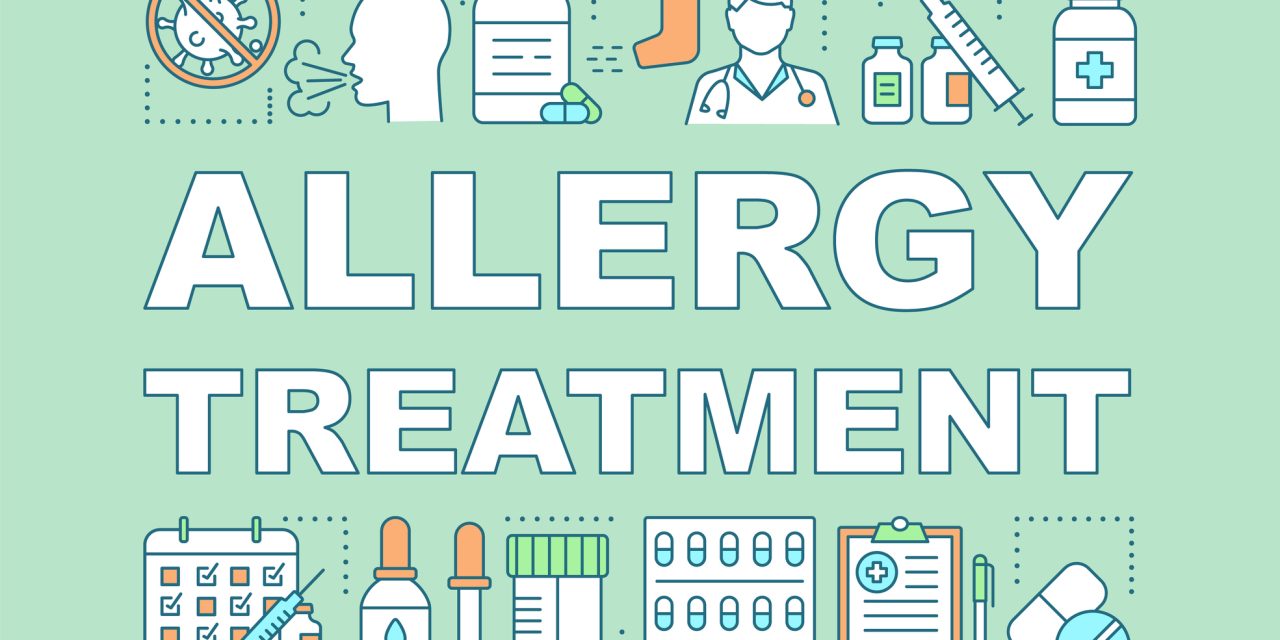Allergic rhinitis is increasing all across Europe and is a very high burden on finance regarding both direct and indirect costs. This extreme economic burden makes it essential in the management of AR to reduce the clinical severity of the disease. When the severity of the disease is reduced it will contribute to lessening its costs. This particularly concerns AIT, which, based on its immunological action on the causes of allergy, extends its benefit also after discontinuation of the treatment.
If we view the things from the pharmacoeconomic point of view, any treatment must be evaluated according to its cost-effectiveness, that is, the ratio between the cost of the intervention and its effect. A favorable cost-benefit ratio for AIT was defined, starting from the first studies on SCIT in AR patients, that highlighted a clear advantage on costs over the treatment with symptomatic drugs.
The study confirmed through its findings that also for sublingual immunotherapy (SLIT), which has also the advantage of SCIT to be free of the cost of the injections. Here we review the available literature on pharmacoeconomic data for SLIT with the 5-grass pollen tablets.
Reference: https://clinicalmolecularallergy.biomedcentral.com/articles/10.1186/s12948-017-0058-3


